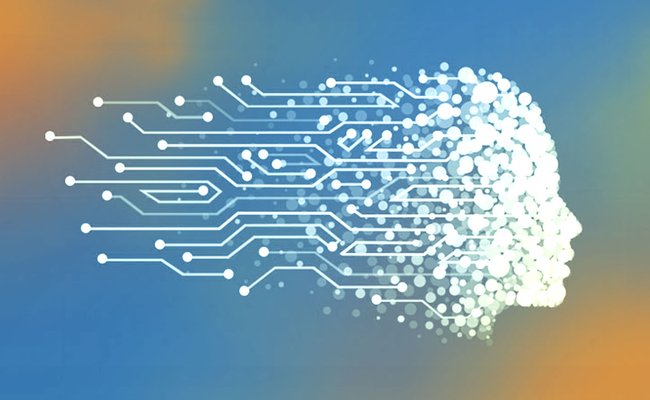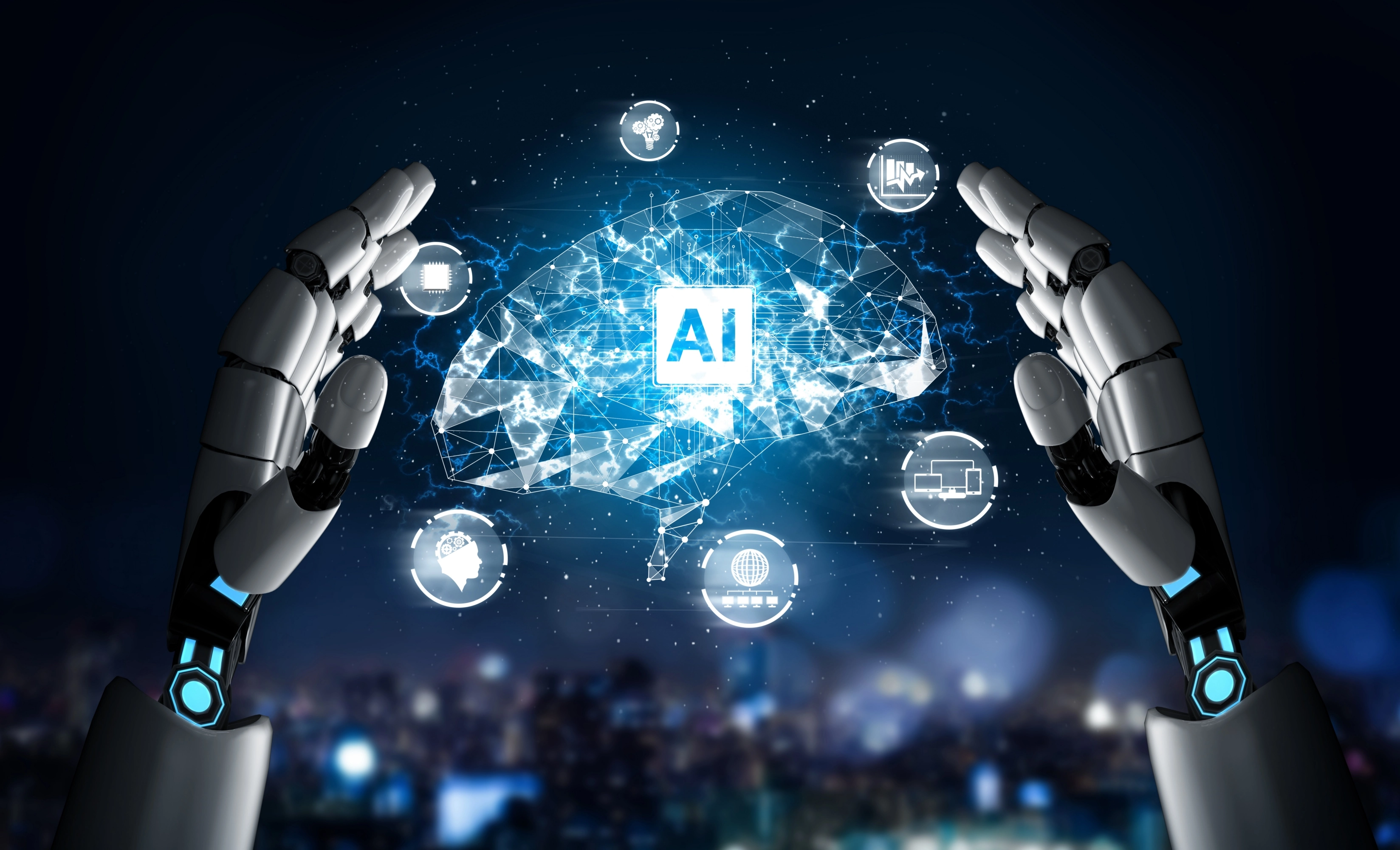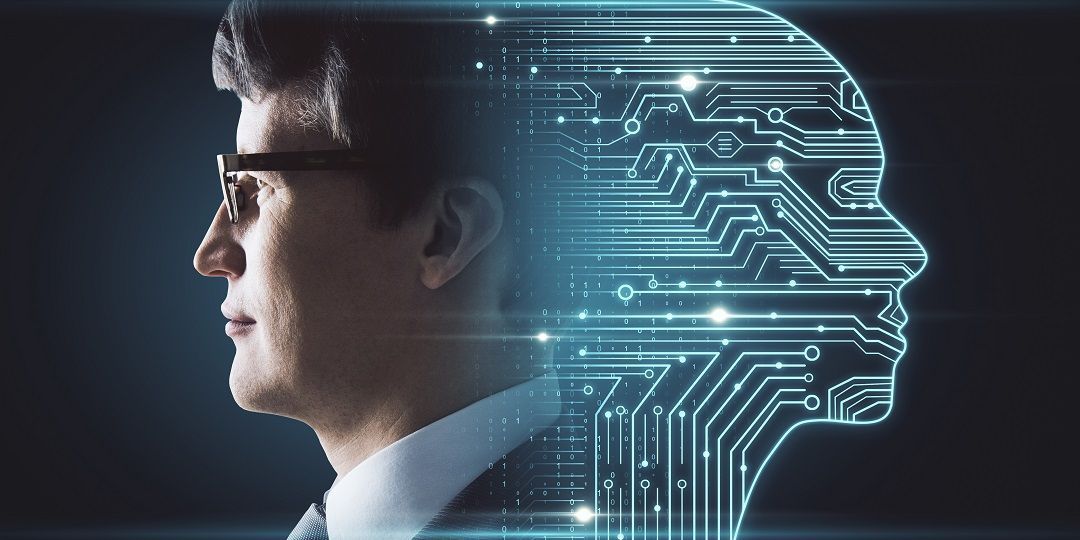
Eucleiaphoto
Add a review FollowOverview
-
Founded Date August 22, 1946
-
Sectors AHP
-
Posted Jobs 0
-
Viewed 56
Company Description
What Is Expert System (AI)?

How AI Works

Kinds of AI

Using AI
FAQs
Investing
Alternative Investments
What Is Expert System (AI)?
Gordon Scott has actually been an active financier and technical expert or 20+ years. He is a Chartered Market Technician (CMT).
Investopedia/ Daniel Fishel
What Is Artificial Intelligence (AI)?
Expert system (AI) technology allows computers and machines to replicate human intelligence and analytical jobs. The perfect attribute of synthetic intelligence is its capability to justify and do something about it to achieve a specific objective. AI research study started in the 1950s and was used in the 1960s by the United States Department of Defense when it trained computer systems to simulate human reasoning.
A subset of synthetic intelligence is machine learning (ML), an idea that computer programs can automatically find out from and adapt to brand-new data without human help.
Key Takeaways

– Artificial intelligence technology permits computers and machines to intelligence and analytical abilities.
– Algorithms become part of the structure of synthetic intelligence, where easy algorithms are utilized in basic applications, while more intricate ones help frame strong expert system.
– Artificial intelligence innovation is apparent in computer systems that play chess, self-driving cars and trucks, and banking systems to identify fraudulent activity.
How Artificial Intelligence (AI) Works
Artificial intelligence typically brought to mind the execution of robotics. As technology progressed, previous criteria that define synthetic intelligence ended up being outdated. Technologies that allow Expert system consist of:
– Computer vision makes it possible for computer systems to identify things and individuals in pictures and photos.
– Natural language processing (NLP) enables computers to understand human language.
– Graphical processing systems are computer chips that help computer systems form graphics and images through mathematical computations.
– The Internet of Things is the network of physical gadgets, lorries, and other items embedded with sensors, software application, and network connectivity, that gather and share data.
– Application programs allows 2 or more computer programs or parts to communicate with each other.
Algorithms typically play a part in the structure of artificial intelligence, where easy algorithms are used in basic applications, while more complicated ones help frame strong synthetic intelligence.
Types of Artificial Intelligence
.webp)
Narrow AI: Also referred to as Weak AI, this system is designed to bring out one particular job. Weak AI systems include video games like individual assistants like Amazon’s Alexa and Apple’s Siri. Users ask the assistant a concern, and it answers it for you.
General AI: This type consists of strong artificial intelligence systems that bring on the jobs thought about to be human-like. They tend to be more complicated and complicated and can be found in applications like self-driving automobiles or healthcare facility operating spaces.
Super AI is a strictly theoretical type of AI and has actually not yet been realized. Super AI would believe, factor, find out, and have cognitive capabilities that exceed those of human beings.
Using Artificial Intelligence
Artificial intelligence can be applied to lots of sectors and markets, including the health care industry for recommending drug dosages, identifying treatments, and aiding in surgeries in the operating room.
Other examples of makers with artificial intelligence consist of computers that play chess and self-driving cars. AI has applications in the financial industry, where it identifies and flags fraudulent banking activity. Applications for AI can assist improve and make trading much easier.
In 2022, AI got in the mainstream with applications of Generative Pre-Training Transformer. The most popular applications are OpenAI’s DALL-E text-to-image tool and ChatGPT. According to a 2024 study by Deloitte, 79% of participants who are leaders in the AI market, anticipate generative AI to transform their organizations by 2027.
What Is Reactive AI?
Reactive AI is a type of Narrow AI that uses algorithms to enhance outputs based on a set of inputs. Chess-playing AIs, for example, are reactive systems that enhance the very best method to win the video game. Reactive AI tends to be relatively static, unable to discover or adjust to unique scenarios.
What Are the Concerns Surrounding the Use of AI?
Many are worried with how artificial intelligence may impact human work. With many industries aiming to automate particular jobs with smart equipment, there is an issue that workers would be pressed out of the labor force. Self-driving cars and trucks may remove the requirement for taxis and car-share programs, while producers might quickly replace human labor with machines, making individuals’s abilities outdated.
How Is AI Used in Healthcare?
In healthcare settings, AI is utilized to help in diagnostics. AI can recognize small abnormalities in scans to much better triangulate medical diagnoses from a patient’s symptoms and vitals. AI can classify patients, maintain and track medical records, and offer with medical insurance claims.
The Bottom Line
Artificial Intelligence (AI) is an evolving innovation that tries to mimic human intelligence using devices. AI includes various subfields, consisting of artificial intelligence (ML) and deep knowing, which permit systems to discover and adapt in novel methods from training information. It has vast applications across numerous markets, such as healthcare, financing, and transportation. While AI uses considerable improvements, it also raises ethical, privacy, and work concerns.
SAS. “Artificial Intelligence.”
OpenAI. “DALL · E: Creating Images from Text.”

OpenAI. “Introducing ChatGPT.”
Deloitte. “The State of Generative AI in the Enterprise: Q1 Report, January 2024.” Page 7.
